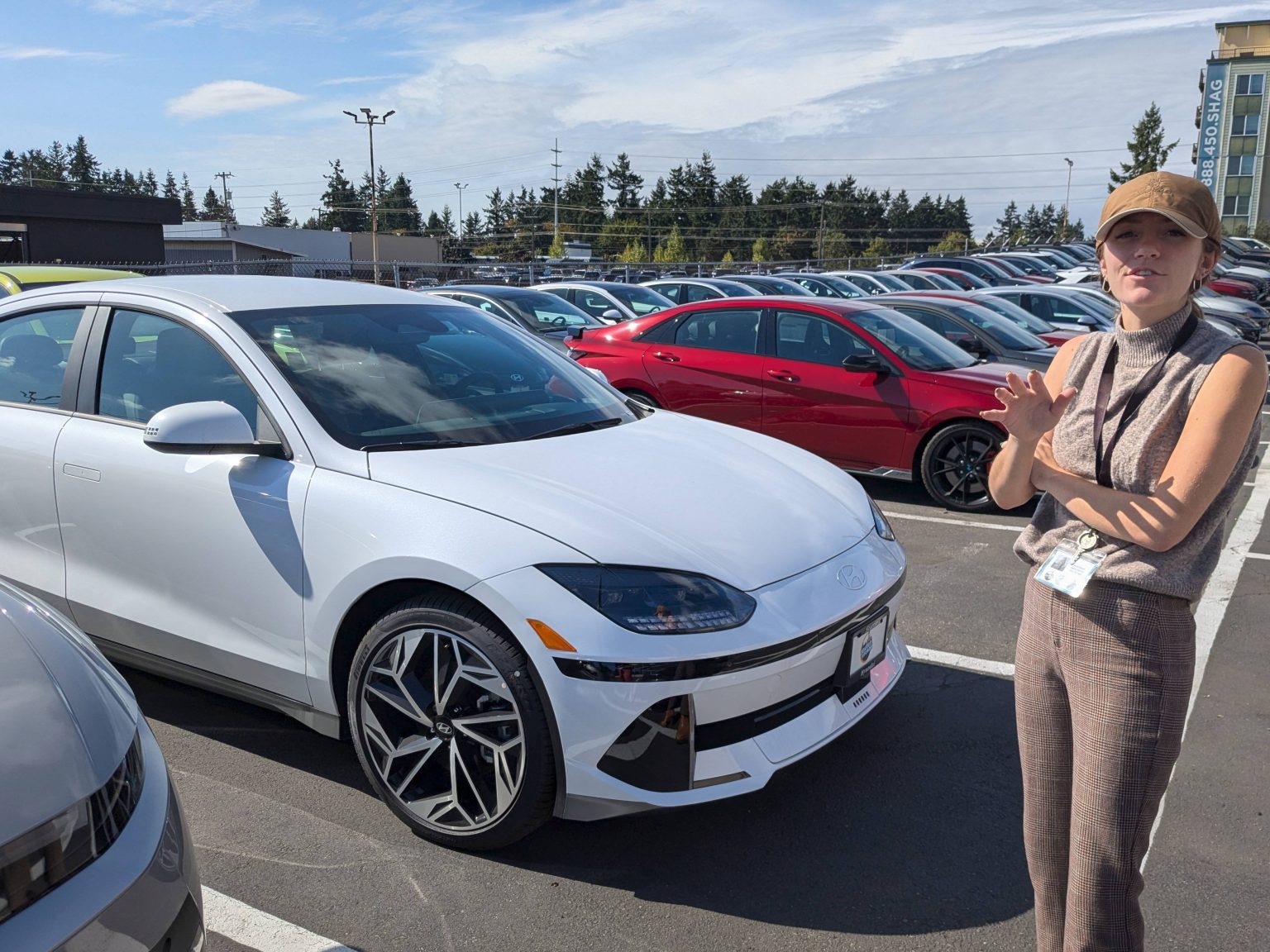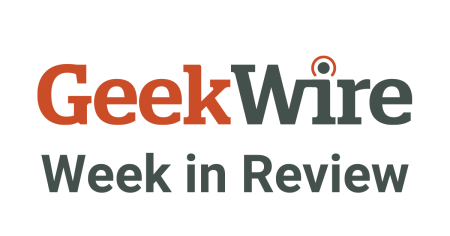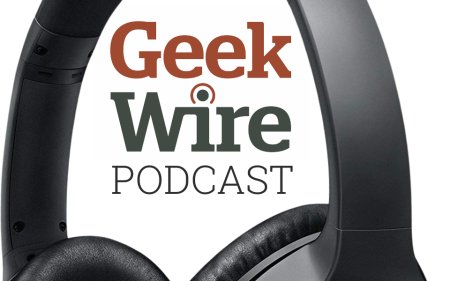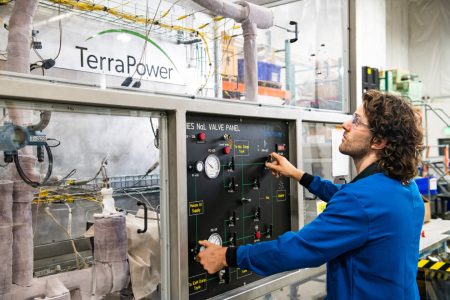The Final Rush: EV Tax Credits Winding Down as Washington State Rallies for Sustainable Transportation
At Seattle Hyundai on Aurora Avenue, sales manager Rachel Walen is bracing for an exceptionally busy final weekend of September. With only 150 electric vehicles left on their lot, Walen has been warning customers all month that inventory will be severely limited by month’s end. “People have been waiting,” she explains. “We’ve been telling people, ‘Listen, we’re not going to have any inventory at the end of the month, so if you want a certain color level, if you want a certain trim level, now’s the time.'” This urgency stems from the imminent expiration of federal tax credits that have significantly boosted EV affordability—up to $7,500 for new electric vehicles and $4,000 for used ones. These incentives, originally intended to last a decade when passed in 2022, will vanish after September 30th due to Republican-led budget cuts defended as necessary spending restraint.
The approaching deadline has triggered a remarkable surge in the electric vehicle market. According to Cox Automotive, August saw new EV sales jump nearly 18% compared to last year, while used EV purchases skyrocketed by 59%. Electric vehicles captured a record 10% of all new vehicles sold in the U.S. last month, with analysts expecting this momentum to continue through September’s final days. Scott Case, CEO of Seattle-area startup Recurrent, which provides battery data for used electric vehicles, finds a certain irony in the situation: “The Trump administration’s attempt to crush EVs ended up causing this surge of demand, which frankly, in the long term, does get us to full EV penetration more quickly.” This unexpected consequence demonstrates how even policies designed to slow EV adoption might inadvertently accelerate the transition by creating artificial deadlines that motivate fence-sitting consumers to act.
As federal support for electric vehicles disappears, Washington state is stepping up with its own initiatives to maintain momentum. This week marked the launch of “ZEVergreen,” a state program aimed at continuing the transition to zero-emission vehicles, including both fully electric and plug-in hybrid models. The timing is strategic, coming as Washington celebrates that one in five cars purchased in the state last year were zero-emission vehicles. Casey Sixkiller, director of the Washington State Department of Ecology, emphasized the broader benefits: “We are protecting our climate, lowering barriers to affordable transportation and improving people’s quality of life. We intend to keep up the momentum.” The state’s commitment reflects both environmental priorities and economic realities—officials point out that electric vehicles can save Washington drivers up to $8,000 over seven years thanks to lower electricity rates and reduced maintenance costs compared to combustion engines.
Washington’s transportation sector represents its largest source of carbon emissions, making EV adoption central to meeting the state’s climate goals. Prior to ZEVergreen, Washington offered a sales tax exemption for lower-cost new or used EVs that will run until July 31, 2025. The state also pioneered an instant rebate program for low-income consumers purchasing EVs—a first-of-its-kind initiative nationally that proved so popular its $45 million budget was exhausted in less than three months. ZEVergreen now seeks to develop new EV policies for next year’s legislative session, beginning with a public meeting on October 27th followed by workshops involving diverse stakeholders from government agencies, utilities, businesses, Tribal governments, and environmental groups. Beyond incentives, Washington is legally challenging President Trump’s nullification of California’s stricter vehicle emissions standards, which Washington and other states have adopted. These standards include the requirement that all new vehicles sold beginning in 2035 must be zero-emission. Rachel Walen at Seattle Hyundai remains confident: “It’s going to be interesting. I do think that Washington state’s going to do something. We have a really progressive state.”
While new EV sales may slow after the tax credits expire, Scott Case of Recurrent anticipates a significant development in the used EV market. A policy loophole that made leasing EVs particularly attractive—with no restrictions on vehicle origin or income levels that applied to purchases—will soon create a wave of opportunity. “Next year,” Case predicts, “will see a rise in 3-year-old used EVs as leases run out. That’s going to be a fantastic purchase for a lot of people.” This influx of affordable used electric vehicles “locks in growth in the used market until basically the end of Trump’s term that continues to grow year after year.” The situation creates an intriguing counter-narrative to concerns about EV adoption stalling without federal incentives, suggesting instead that the seeds already planted will continue bearing fruit regardless of policy changes at the federal level.
The long-term outlook for EV adoption presents a mixed picture with regional variations. BloombergNEF has downgraded its forecast for U.S. passenger EV sales through the end of the decade due to recent policy changes. However, the global perspective tells a dramatically different story, with worldwide EV and plug-in hybrid sales expected to increase by 24% this year compared to last, primarily driven by the Chinese market. Despite the uncertain federal landscape, Case maintains his optimism about the American EV transition, citing research showing that at least 74% of current EV owners intend to stay electric for their next vehicle rather than returning to gas or diesel. “Every EV that sells between now and September 30th—and we’re doing record numbers—it means another EV driver on the road who isn’t going back,” he notes. This consumer loyalty suggests that once drivers experience electric vehicles, the market may continue growing through word-of-mouth and personal experience, potentially reducing the need for government incentives over time as the technology becomes more mainstream and infrastructure improves.















